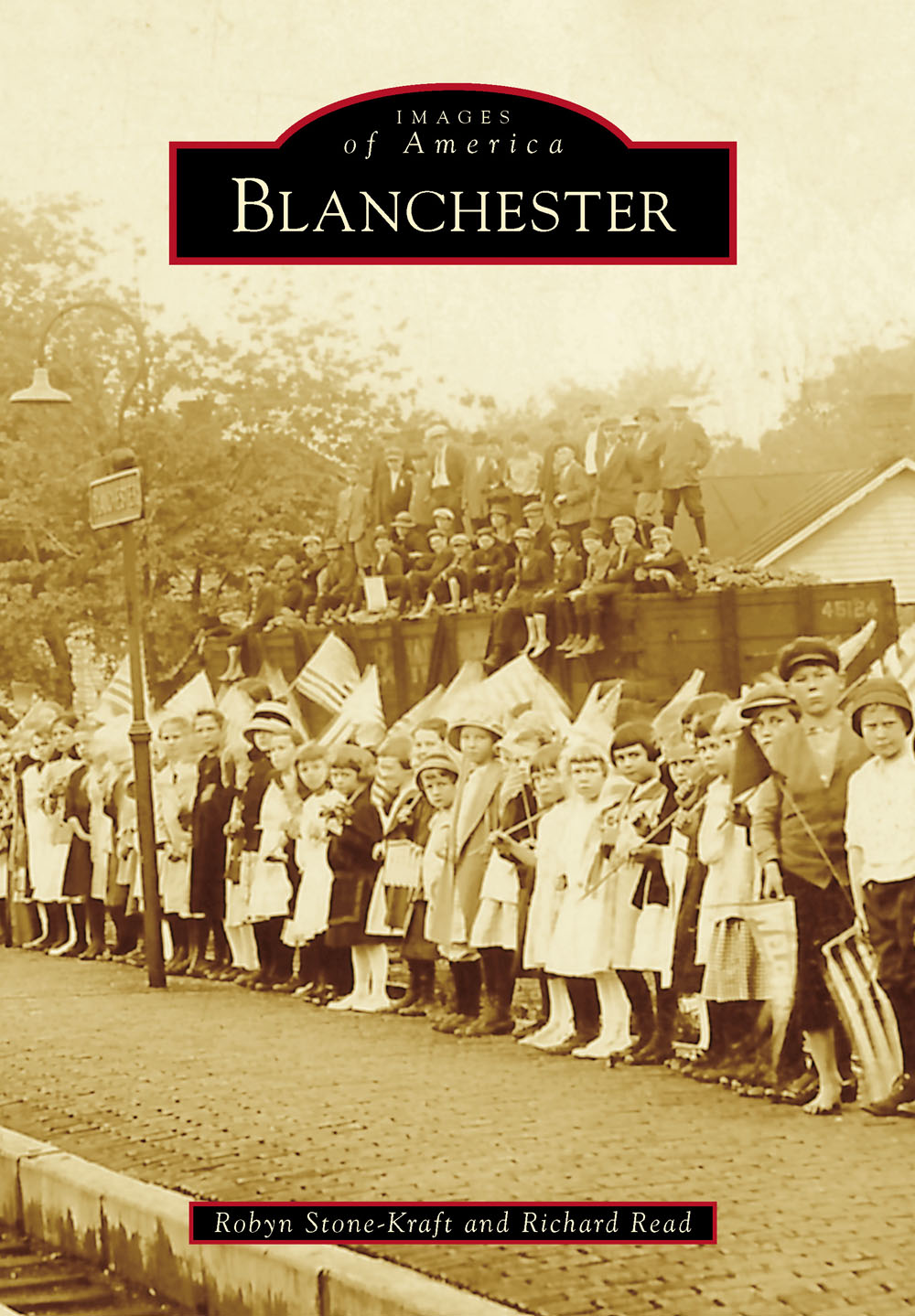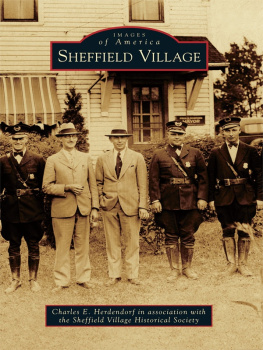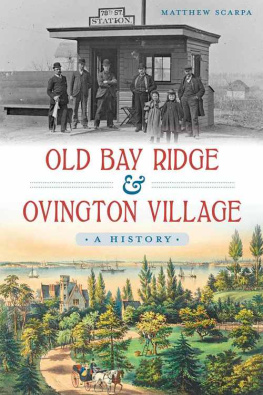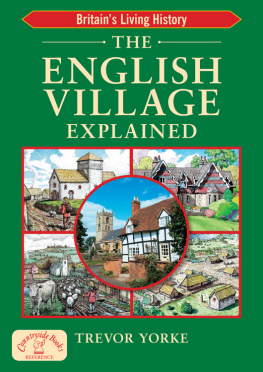
IMAGES
of America
BLANCHESTER

The Irvin family lived on East Center Street in an old farmhouse that had been much expanded on over the years. Pictured here are three of the daughtersFlorence, Hazel and Revaon their pony in the side yard. This photograph is notable, as this is the house that the authors grandparents resided in while she was growing up and served as her home away from home in town. (Courtesy of the Blanchester Area Historical Society.)
ON THE COVER: Taken in 1933, this photograph shows the children of Blanchester and the surrounding areas standing beside the railroad and waving white flags of welcome. The train was bringing Gov. George White to the community to celebrate the Blanchester centennial and the ribbon-cutting for the new road. (Courtesy of the Blanchester Area Historical Society.)
IMAGES
of America
BLANCHESTER
Robyn Stone-Kraft and Richard Read

Copyright 2016 by Robyn Stone-Kraft and Richard Read
ISBN 978-1-4671-1414-1
Ebook ISBN 9781439655641
Published by Arcadia Publishing
Charleston, South Carolina
Library of Congress Control Number: 2015955298
For all general information, please contact Arcadia Publishing:
Telephone 843-853-2070
Fax 843-853-0044
E-mail
For customer service and orders:
Toll-Free 1-888-313-2665
Visit us on the Internet at www.arcadiapublishing.com
To Grandma Jeanne and Battery Grandpa, who let me visit, play, and dream in their lovely small town
CONTENTS
ACKNOWLEDGMENTS
This book would not have been possible without the help and support of the Blanchester Area Historical Society. Members were gracious and generous with their time, insight, knowledge, and old postcards. I am forever indebted to them and others like them who seek to retain the fascinating histories of their homes. It is important work, more than just being interesting. Special appreciation goes to John Simpson and Jane Richardson, who gave me their time and encouragement. It goes without saying that they told me everything correctly, and any errors in the text are entirely my own. All images in the text, unless otherwise noted, are provided courtesy of the Blanchester Area Historical Society.
Many thanks go to Debbie Blocker from the Blanchester Church of Christ, the I Remember Blanchester Facebook group, and Peggy Schildmeyer from the Tufts Schildmeyer Funeral Home for answering my questions and providing information, insight, and support.
Thanks must also go to my grandparents, who provided me a wonderful place to stay and introduced me to the joys of living in a small town. Grandma Jeanne encouraged in me a love of history that cannot be denied and was the one who introduced me to the historical society when she did some work for them involving some antiques in their collection. It was 20 years until I found my way back, but it is all in her memory. And as for Grandpa, this could not have been done without him, as he kindly supported my efforts to put everything together for this book, running errands and fetching images for me when I was unable to do so myself. Thanks, Grandpa.
I feel I need to thank my cats as well, since they were my primary company during the writing of this book. So, thank you Dova for napping nearby and providing moral support. Much less thanks to Rowan, for routinely unplugging my laptop while it was charging, and Arthur and Morgana, who made it incredibly hard to work with all of their walking on my keyboard and climbing on me. Fortunately, you are all very cute.
Most of all, I need to thank my husband, Edward, for his love, support, and willingness to drive me the hour up to Blanchester and help me explore cold cemeteries on rainy days. Without you, I would have given up my writing dreams by now. I love you more than I can possibly say. Most importantly, Grandma approved of you, so I know you are good.
INTRODUCTION
Driving into Blanchester from Cincinnati is an interesting experience, almost like passing into a completely different world. After getting off the highway, a driver will pass through Milford. Both sides of the road are cluttered with chain stores and restaurants, making the driver imagine that anything they need will be right at hand. On the other side of Milford, though, is a long stretch of road that is increasingly lined with open fields, farms, and stables. Here and there one might get caught behind farm equipment moving from one end of a large field to the other. There are places to stop off and ride a horse or buy a pumpkin or flowers for a garden.
Then, just as the driver starts wondering if the destination will ever be reached, there is a curve in the road, and then the road passes under a rusty railroad overpass that was not visible even seconds before. And just like that, on a gently winding country road, the driver will suddenly find Blanchester, greeted at the outskirts by a friendly sign welcoming visitors.
Keep going forward, and the driver will find the historic downtown area, though Blanchester is too modest to bill itself as having a historic downtown. The old buildings on Main and Broadway Streets are just the buildings that have always been there, and while some of the locals know their history, origins, and who had originally sold their wares from those locations, for many it seems more like the everyday. It is not designed to attract tourists, though it is certainly worth a visit while passing through the area or looking for somewhere new and interesting to visit on a day trip.
The shops on South Broadway Street in downtown Blanchester do not just sell antiques and the work of local artists, they also provide a place for socializing within easy walking distance of the library, the bank, and a smattering of restaurants. Those who pass through the small village in Clinton County, adrift somewhere between Milford and Wilmington, will overhear talk about neighbors, local events, and family gatherings. Old stories from years past will be told, usually referencing people from the same graduating class, and calling the shops by names they have not gone by in years, sometimes with talk about the previous owners and their families. It seems as if everyone who had the pleasure of growing up there knows everyone else, their families, and their entire family trees. This can render things dangerous to newcomers who do not know how all the families are connected, making gossip risky. In many ways, Blanchester, Ohio, seems like a small town like any other, and while it may share some characteristics, it is wholly unique. There are no other towns named Blanchester in the entire country, a fact that the locals take pride in.
In the farthest back corner, half overgrown with trees, the curious wanderer of cemeteries will find old gravestones badly worn by the years, many bearing the name Baldwin. Jonathan Baldwin was the first settler in Marion Township in 1814, but it was his wife Harriets family, the Blancetts, that really left their mark on the immediate area. John and Joseph Blancett arrived from Pennsylvania and laid out the original settlement in March 1832. Originally, there were 24 lots, and all of the original buildings were made of log. Unfortunately, many of these buildings were burned in the fire of 1895. Originally, according to an article in the Star Republican from 1933, the Blancett brothers wanted to name the town Manchester, but finding that another town of the same name existed in Ohio, they were forced to find another option. In the end, the Blancetts left their name on the growing village, the Blan of the name originating from their own last name, and the chester, meaning village, thus Blanchester means the village of Blancett. While the name is not the most common in the Blanchester IOOF Cemetery, and the tombstones are not the most obviously situated, the name Blancett can not be forgotten by residents, even if they do not realize they are referring to it.
Next page







